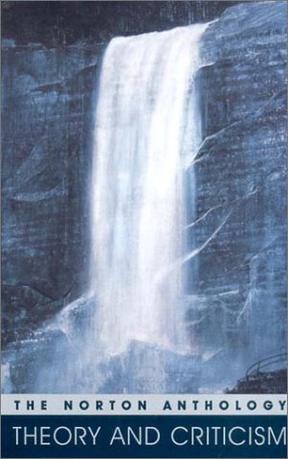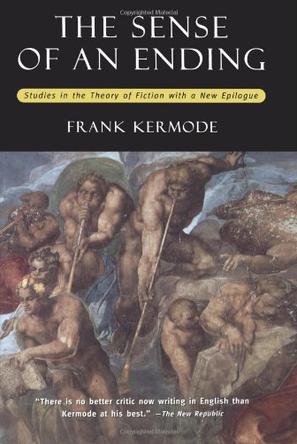The Norton Anthology of Theory and Criticism
The Norton Anthology of Theory and Criticism presents a staggeringly varied collection of the most influential critical statements from the classical era to the present day. Edited by scholars and teachers whose interests range from the history of poetics to postmodernism, from classical rhetoric to ériture féminine, and from the social construction of gender to the machinery of academic superstardom, The Norton Anthology of Theory and Criticism promises to become the standard anthology in its field.
An Unrivaled Collection: The Norton Anthology of Theory and Criticism offers nearly twice the number of selections in other leading anthologies and more twentieth-century selections than any other text (including anthologies devoted solely to the twentieth century). This historical breadth of coverage and depth of selection—especially within the twentieth century—make The Norton Anthology of Theory and Criticism the perfect choice for nearly any theory and criticism course.
Continuity and Connections: The works in The Norton Anthology of Theory and Criticism have been chosen not only because they are individually important but also because they speak to each other, providing students with a rich portrait of the ongoing "critical conversation." Where appropriate, the editors link classical, medieval, and early modern critics to contemporary theorists and movements as well as to other classical, medieval, and early modern critics. Throughout the twentieth-century selections, the editors trace the complex web of interrelated ideas and explicit influences.
Helpful Apparatus:
• General Introduction: A 30-page introduction surveys the history of criticism and theory and provides an overview of the many schools and movements that make up the contemporary theoretical landscape.
• Headnotes: Each of the 169 figures represented in The Norton Anthology of Theory and Criticism is treated in an informative headnote that not only introduces the writer's life and thought but also connects the writer to other critics, theorists, and movements.
• Bibliographies: Each author headnote is followed by a selected bibliography. A detailed, annotated general bibliography at the end of the volume is divided into historical periods and major schools and movements. This material makes The Norton Anthology of Theory and Criticism a valuable reference for scholars as well as a useful teaching anthology.
• Annotations: In the Norton tradition, The Norton Anthology of Theory and Criticism's annotations are extensive, helpful, and as unobtrusive to students' own interpretive work as possible.

